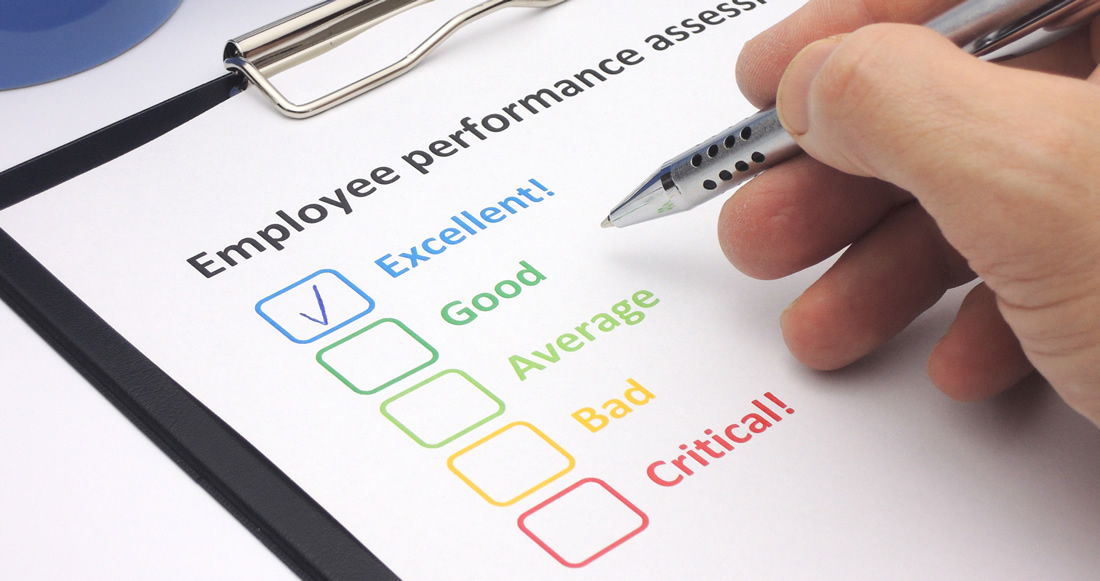Performance Evaluation in a Practice
Performance evaluation is viewed as a process to ensure a high quality of service to the patients and clients of the practice by fostering personal and professional growth of the staff. A performance evaluation does not necessarily mean that the employee will be receiving an increase in pay. That is not the purpose for the review and should be addressed as a separate issue at another time. This way the evaluation is not linked to a pay raise.
The employee performance evaluation is a broad process covering many aspects of performance. It attempts to provide a fair, equitable and valid approach for assessing the performance of professional employees. It is also designed to provide a sound basis for the recognition of good performance and identification of areas of deficiency which require correction. Each employee should have his/her performance evaluated at least once annually.
The evaluation of performance is a joint effort between the staff and the administration. Through joint participation the greatest possible level of trust and understanding of the performance evaluation process will be achieved. It is believed that acceptance and understanding must exist if the process is to be effective.
The performance evaluation process attempts to measure:
- What is the acceptable performance level of a job
- Individual strengths and weaknesses as they relate to job performance
- Professional and personal development
A performance evaluation is not a cure-all tool. It is important to the function of the organization and execution of the individual’s job. This tool is utilized to initiate dialogue between the supervisor and employee. It helps to monitor progress and provides a sound basis upon which the supervisor can monitor performance, recognize good performance, detect deficiencies, and implement plans to make improvements.
The Process of Performance Evaluation
The process is founded on several important factors:
- The staff member’s orientation on:
- Organizational goals
- The job description for the ideal staff member
- The job description for the individual position
- Systematic assemblage of data on performance
- Evaluation to include:
- Assessment of performance
- Employee feedback
- Measures to correct deficiencies
The new employee will have a review at 30-90 days to provide an assessment of his/her performance up until that point (remarkably deficient performance will be dealt with as soon as it is evident). In most cases, this review will afford the employee an opportunity to make improvements before the next formal review. Formal reviews should, thereafter, be conducted every six months for the first year; then, annually after that; although, more frequent reviews may be required as deemed necessary by the office manager. Each formal review will focus on past performance and a plan for future performance.

